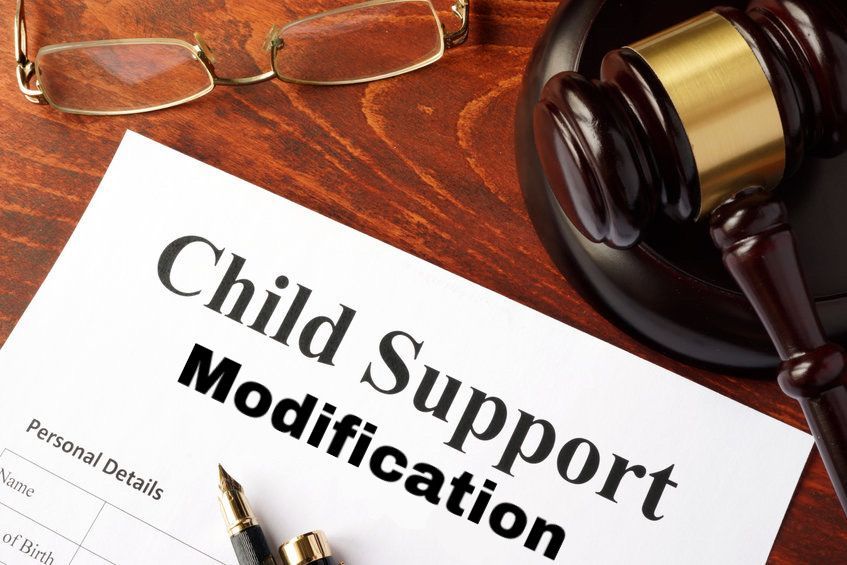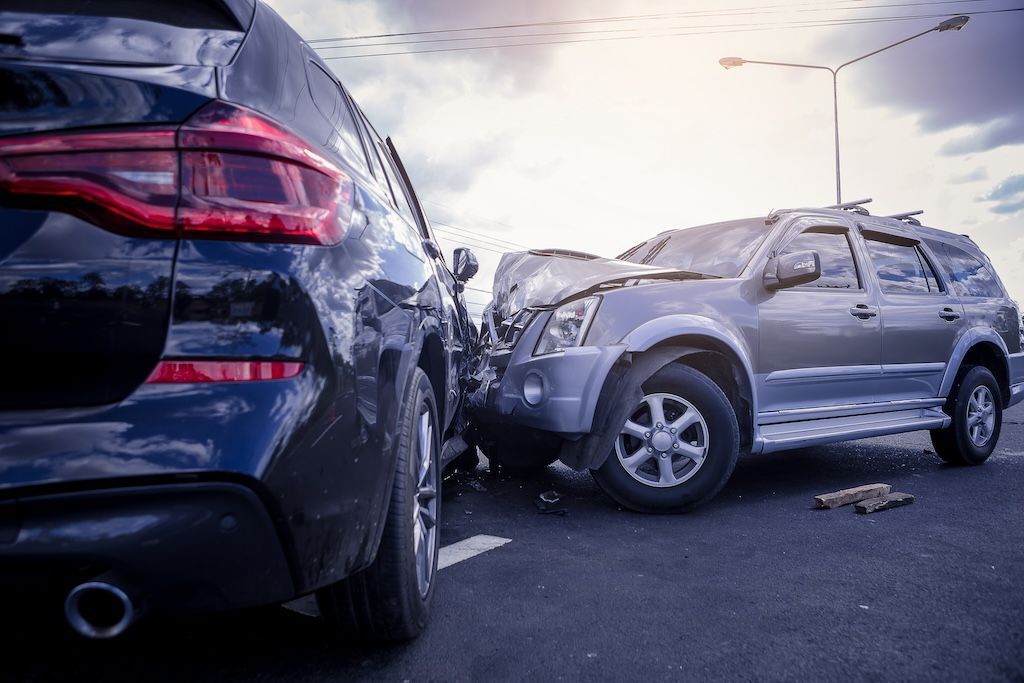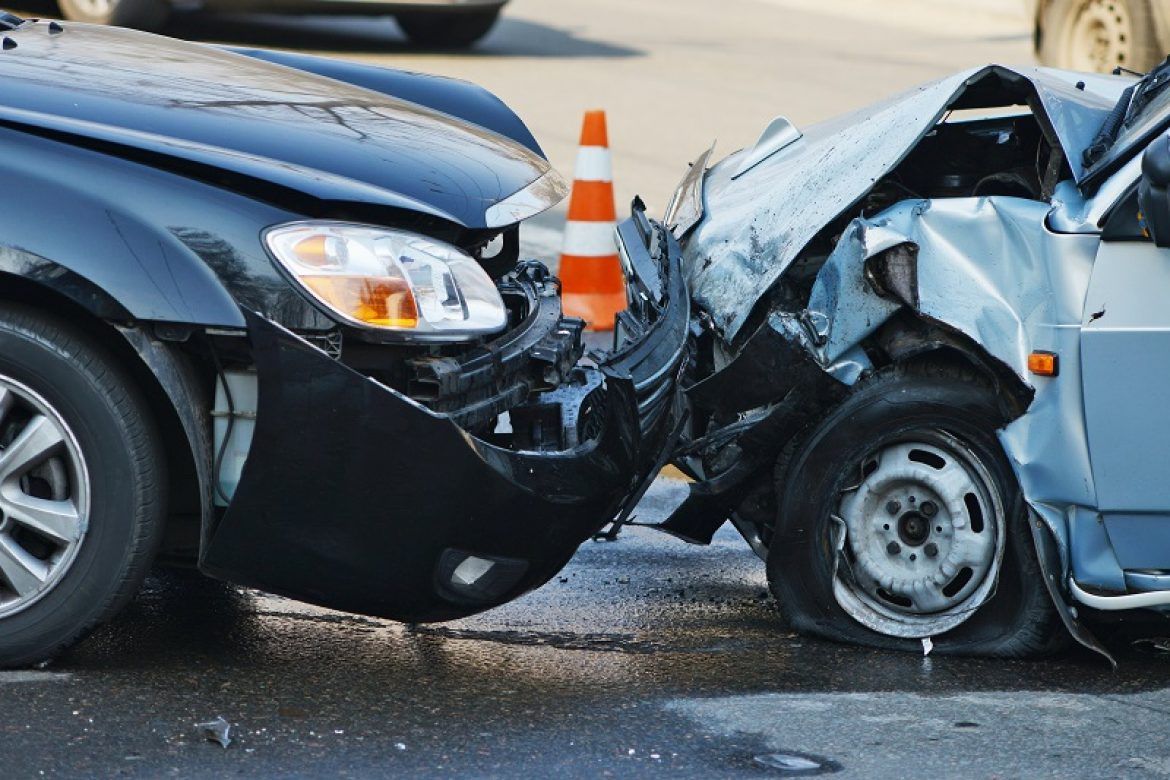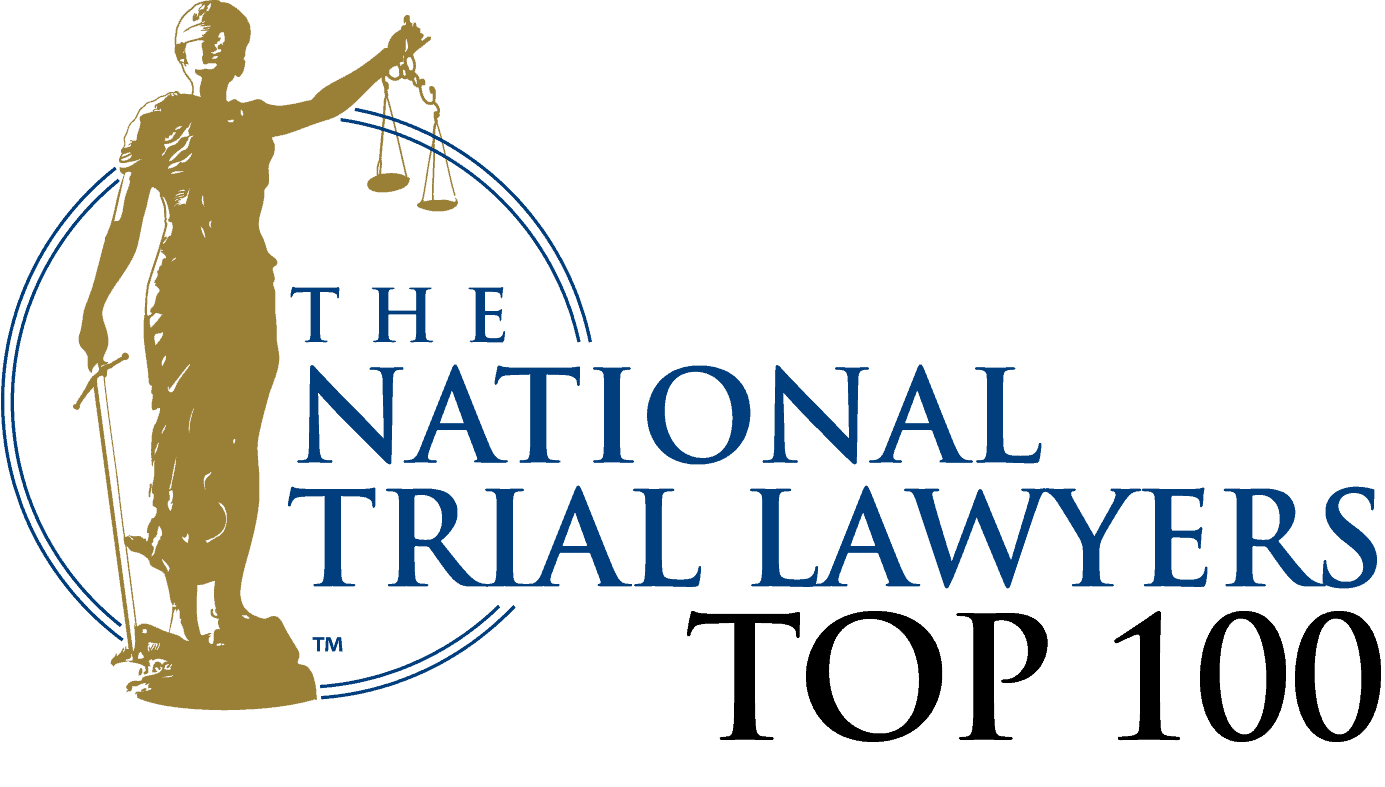49% Rule of Comparative Negligence
The 49% rule of comparative negligence is a legal rule that says you can only get money for your injuries if you are less than 50% at fault for an accident. If you are 49% or less at fault, you can still get paid. But if you are 50% or more at fault, you get nothing.
What Does Comparative Negligence Mean?
Before we talk about the 49% rule, let's start with the basics.
The Idea Behind Fault and Blame
When an accident happens, someone is usually to blame. But many times, more than one person makes a mistake. Comparative negligence is a way the law decides who was at fault and by how much.
Think of it like this: if two drivers crash, one might be mostly to blame but the other might have made a small mistake too. The law looks at what each person did wrong and gives them a number. These numbers add up to 100%. For example, Driver A might be 70% at fault for running a red light, and Driver B might be 30% at fault for speeding.
This split matters a lot. It decides if you can get money and how much.
The Three Main Types of Negligence Rules
Not all states handle fault the same way. There are three main systems across the United States.
Pure Contributory Negligence (The Strictest Rule)
In a few states, if you are even 1% at fault, you get nothing. Zero. This is called pure contributory negligence.
Only five places still use this harsh rule: Alabama, Maryland, North Carolina, Virginia, and Washington, D.C.
This rule has been called unfair. Even if the other person is 99% to blame, you still can't get paid if you had any fault at all.
Pure Comparative Negligence (The Most Flexible Rule)
Some states let you get money even if you are mostly at fault. This is called pure comparative negligence.
Under this rule, you can be 99% at fault and still collect 1% of your damages. Rhode Island uses this pure comparative negligence system, which allows injured people to recover damages even if they were 90% at fault.
About 13 states use pure comparative negligence, including Alaska, Arizona, California, Kentucky, Louisiana, Mississippi, Missouri, New Mexico, New York, Rhode Island, and Washington.
Modified Comparative Negligence (The Middle Ground)
Most states use a middle approach called modified comparative negligence. This is where the 49% rule and 51% rule come in.
These rules set a cutoff point. If your fault is below that point, you can get money. If it's above, you get nothing.
Understanding the 49% Rule (50% Bar Rule)
Now let's dig into the main topic: the 49% rule.
What the 49% Rule Really Means
Under the 50% bar rule, a damaged party cannot recover if they are 50% or more at fault, but if they are 49% or less at fault, they can recover, although their recovery is reduced by their degree of fault.
Here's what this means in plain English. If you are 49% at fault or less, you can get paid (but your payment gets reduced). If you are 50% at fault or more, you get nothing.
This is also called the "50% bar rule" because 50% is the bar or line you can't cross.
States That Use the 49% Rule
Several states use the 50-percent modified comparative fault rule, including Arkansas, Colorado, Georgia, Idaho, Kansas, Maine, Nebraska, North Dakota, Tennessee, Utah and West Virginia.
Here's the complete list: Arkansas, Colorado, Georgia, Idaho, Kansas, Maine, Nebraska, North Dakota, Tennessee, Utah, and West Virginia.
If you live in one of these states or got hurt there, the 49% rule applies to your case.
Why This Rule Exists
The 49% rule is meant to be fair to both sides. It says that if you are mostly to blame, you shouldn't get money from someone else. But if the other person is more to blame than you, you should get something.
The 51% Rule: A Close Cousin
There's another rule that's very similar to the 49% rule. It's called the 51% rule.
How the 51% Rule Is Different
The 51% rule does not allow an injured party to receive damages if they are 51% or more at fault for their injuries, but if the court determines the injured party is equally responsible or less at fault, meaning 50% or lower, then the court can award damages.
The big difference is this. With the 49% rule, you must be 49% or less at fault (50% equals no money). With the 51% rule, you can be 50% at fault and still get money (51% equals no money).
States That Use the 51% Rule
Most states that use modified comparative negligence follow the 51% rule instead of the 49% rule. States that follow the 51% rule for modified comparative negligence include Connecticut, Delaware, Hawaii, Illinois, Indiana, Iowa, Massachusetts, Minnesota, Montana, Nevada, New Hampshire, New Jersey, Ohio, Oklahoma, Oregon, Pennsylvania, South Carolina, Texas, Vermont, West Virginia, Wisconsin, and Wyoming.
The 51% rule is a bit more generous because it lets you recover even in a 50/50 situation.
Real-Life Examples of the 49% Rule
Let's look at some examples to see how this works in the real world.
Example 1: Car Accident
Sarah is driving when Tom runs a stop sign and hits her car. But Sarah was looking at her phone when it happened.
The jury decides:
- Tom is 65% at fault (for running the stop sign)
- Sarah is 35% at fault (for being distracted)
Sarah's damages (medical bills, car repairs, lost wages) total $100,000.
In a 49% rule state:
- Sarah is 35% at fault (less than 49%)
- She can get money
- But her payment is reduced by 35%
- She gets: $100,000 - $35,000 = $65,000
Example 2: Right at the Edge (49% Fault)
Mike gets into an accident. The court says Mike is 49% at fault and the other driver is 51% at fault.
Mike's damages are $50,000.
In a 49% rule state:
- Mike is exactly 49% at fault
- He can still get money (just barely!)
- His payment is reduced by 49%
- He gets: $50,000 - $24,500 = $25,500
Example 3: Over the Line (50% or More)
Lisa is in a crash. The jury says Lisa is 50% at fault and the other driver is 50% at fault.
Lisa's damages are $80,000.
In a 49% rule state:
- Lisa is 50% at fault
- This is over the 49% limit
- She gets nothing ($0)
In a 51% rule state:
- Lisa is 50% at fault
- This is still under the 51% limit
- She would get: $80,000 - $40,000 = $40,000
You can see how important that 1% difference can be!
How Fault Gets Decided
You might be wondering: who decides how much fault each person has?
The Investigation Process
After an accident, several things happen. Police officers write down what they saw and what people told them in a police report. Photos and videos show the scene, damage, and injuries. Witness statements capture what other people saw happen. Sometimes experts look at the evidence and give their professional opinion.
All of this evidence helps show who did what wrong.
Who Makes the Final Call
The final decision about fault depends on how your case goes. In an insurance settlement, the insurance adjuster looks at the evidence and makes an offer. In mediation or arbitration, a neutral person listens to both sides and decides. In a court trial, a judge or jury hears all the evidence and assigns fault percentages.
Common Factors That Affect Fault
Courts look at many things when deciding fault. Was someone breaking a traffic law? Was someone distracted by texting, eating, or something else? Was someone drunk or on drugs? Did weather play a role? Were there road problems or poor lighting? Did someone ignore a warning sign? Was safety equipment working properly? All these factors matter.
How Your Money Gets Calculated
Let's break down exactly how damages work under the 49% rule.
Step 1: Add Up All Your Damages
First, you need to know your total losses. This includes economic damages (things you can count) like medical bills for emergency room visits, surgery, and therapy, future medical costs, lost wages from missing work, future lost earnings, and property damage such as car repairs and personal items. It also includes non-economic damages (harder to measure) like pain and suffering, emotional distress, loss of enjoyment of life, and permanent disability or disfigurement.
Step 2: Determine Fault Percentages
Next, the court or insurance company decides what percentage of fault each person has. Remember, it must add up to 100%.
Step 3: Do the Math
Here's the simple formula:
Your Recovery = Total Damages × (100% - Your Fault Percentage)
Let's say your damages are $200,000 and you are 30% at fault:
$200,000 × (100% - 30%) = $200,000 × 70% = $140,000
You would get $140,000.
Multiple Parties Example
Sometimes more than two people are involved. Let's say three drivers crash. Driver 1 is 50% at fault, Driver 2 is 30% at fault, and Driver 3 is 20% at fault.
Driver 3's damages are $90,000. She is only 20% at fault.
In a 49% rule state, Driver 3 is under 50% fault, so she can recover from the others. She gets $90,000 minus 20% of $90,000, which equals $72,000.
The other two drivers would split paying her based on their share of fault.
Why the 49% Rule Matters for Your Case
If you've been hurt in an accident, understanding this rule is very important.
It Affects Your Strategy
Knowing about the 49% rule changes how you handle your case. Be careful what you say, because anything you say can be used to blame you. Don't admit fault or say "I'm sorry" at the scene. Gather evidence fast by taking photos, getting witness contact info, and saving any proof that helps your side. Don't give recorded statements to insurance companies without a lawyer, as they might try to get you to say things that make you look more at fault.
Insurance Companies Use This Against You
Here's something important to know. Insurance companies often use comparative negligence law to reduce or deny claims by shifting more blame onto the victim to minimize their payout. They might claim you were distracted, say you were speeding, argue you didn't follow safety rules, or use your social media posts against you. Their goal is to get your fault over 50% so they don't have to pay you anything.
When You Need a Lawyer
Some cases are simple, but many need a lawyer's help.
Signs You Should Get Legal Help
You should talk to a personal injury lawyer if your injuries are serious or permanent, you might be close to 50% fault (near the line), the insurance company is blaming you unfairly, multiple people were involved, the other side has a lawyer, your damages are over $10,000, or you're not sure about the rules in your state.
What a Lawyer Does for You
A good attorney helps in many ways. They investigate your case by gathering evidence that shows you weren't at fault or reduces your percentage. They fight the insurance company because they know the tricks insurers use and push back hard. They calculate true damages, making sure nothing is missed, since many people don't count all their losses. They negotiate better settlements, and statistics show people with lawyers get more money than those without. They can take your case to court if the insurance company won't be fair and file a lawsuit on your behalf.
At Inman & Tourgee, we help Rhode Island residents with all types of injury cases. We know how to fight for clients when the other side tries to blame them unfairly.
Special Situations and Exceptions
The 49% rule doesn't always apply the same way in every situation.
Product Defects and Strict Liability
In Colorado, comparative negligence is not a defense to strict liability in defective products claims, as strict liability is based on the consumer's expectation of the product's performance and not on the defendant's behavior.
This means if a product was defective and hurt you, your fault usually doesn't matter as much.
Workers' Compensation Cases
If you get hurt at work, different rules apply. Workers' compensation is usually a "no-fault" system. You can get benefits even if the accident was your fault.
Drunk Driving Situations
If you were drunk when the accident happened, courts often give you a much higher fault percentage. Some states have special rules that make it harder to recover if you were intoxicated.
Pedestrian and Bicycle Accidents
Pedestrian accidents can be tricky. Drivers usually have more responsibility, but pedestrians who jaywalk or ignore signals can be assigned significant fault.
Slip and Fall Cases
In slip and fall cases, property owners might argue you should have seen the danger. If you were texting or weren't paying attention, you could get partial blame.
Rhode Island's Different Approach
Since this article is for a Rhode Island law firm, it's important to mention that Rhode Island doesn't use the 49% rule.
Rhode Island Uses Pure Comparative Negligence
Rhode Island General Laws § 9-20-4 establishes Rhode Island as a pure comparative negligence state, which means if you are injured in a car accident, a jury can decide that each driver is 50% at fault and you can still recover 50% of your legal damages.
This is actually better for injured people! In Rhode Island, you can recover money even if you are 90% at fault. Your payment just gets reduced by your fault percentage. There's no cutoff where you get nothing.
Why This Matters for Rhode Island Residents
If you live in Rhode Island and get hurt here, you have more protection than in 49% rule states. But if you get hurt while traveling to a 49% rule state, that state's rules will apply to your case.
The experienced Rhode Island attorneys at Inman & Tourgee understand both Rhode Island's pure comparative negligence system and how other states' rules work.
Tips to Protect Yourself After an Accident
Here are smart steps to take:
Right After the Accident
Check for injuries and call 911 if anyone is hurt. Stay at the scene (leaving could be a crime). Call the police to file an official report. Take photos of everything: cars, injuries, road conditions, and signs. Get witness information with names and phone numbers. Write down what happened while it's fresh in your mind. Don't admit fault or discuss fault with anyone. Seek medical care right away, even if you feel okay.
In the Days After
Follow all doctor's orders and go to every appointment. Keep records of all bills, missed work, and expenses. Don't post on social media about the accident or your activities. Report the accident to your insurance but be brief. Don't give a recorded statement to the other insurance company without a lawyer. Talk to a lawyer before accepting any settlement offer.
During Your Case
Be honest with your lawyer about everything. Don't exaggerate your injuries or what happened. Follow your treatment plan (gaps in treatment look bad). Keep a journal of your pain, limitations, and how the injury affects your life. Don't settle too quickly (you might not know your full damages yet).
Frequently Asked Questions
What if I'm exactly 49% at fault?
In a 49% rule state, you can still recover damages! Your payment would be reduced by 49%, but you'd get the other 51%.
Can fault percentages change?
Yes. The initial insurance company assessment isn't final. If you go to court, a jury might assign different percentages.
What if there are three or more people at fault?
The same rule applies. As long as your fault percentage is 49% or less, you can recover from the others.
Do I pay for other people's damages if I'm partially at fault?
Yes, usually. If you're 30% at fault, you might have to pay 30% of the other person's damages. This is why car insurance is so important.
How long do I have to file a claim?
This depends on your state's statute of limitations. In Rhode Island, you usually have three years from the date of the accident to file a personal injury lawsuit. But it's best to start right away.
Can children be found at fault?
It depends. Young children are often held to a lower standard because they can't understand danger like adults do. But teenagers might be held fully responsible.
What if the other driver was drunk?
Drunk driving usually results in a very high fault percentage for that driver. But if you also did something wrong, you could still have some fault.
Final Thoughts
The 49% rule of comparative negligence is a middle-ground approach used by several states to handle accidents where both sides share some blame. Under this rule, you can only get money for your injuries if you are less than 50% at fault. If you are 49% or less at fault, you can recover damages, but your payment gets reduced by your percentage of fault.
This rule tries to be fair to everyone. It says that if you're mostly not to blame, you should get something. But if you're mostly to blame, you shouldn't get paid by the other person.
The most important things to remember are these two key points:
Know what rule your state uses (49% rule, 51% rule, or pure comparative negligence) because this determines whether you can recover damages and how much you'll receive
Insurance companies will try to make you look more at fault to save money, so protecting evidence and getting legal help early makes a big difference in your case
Every percentage point matters when you're near the cutoff. Even if you made a mistake, you might still deserve compensation.
If you've been hurt in an accident in Rhode Island or need help understanding how comparative negligence affects your case, the experienced legal team at Inman & Tourgee can help. With over 125 years of combined experience, we know how to fight for clients and challenge unfair fault assignments.
